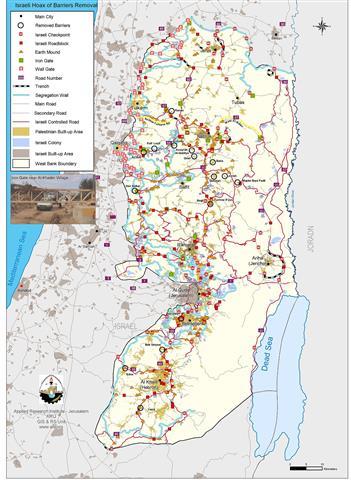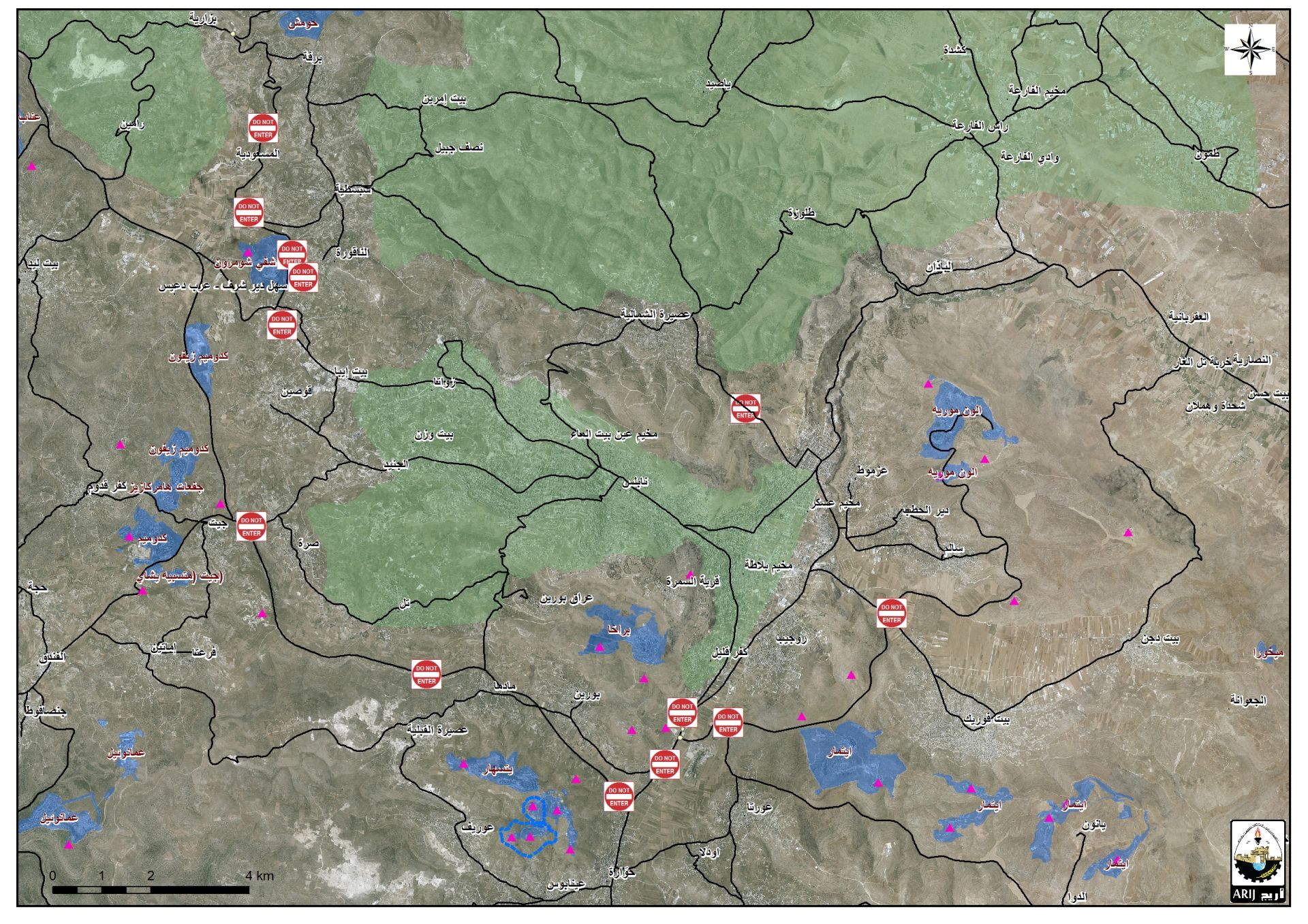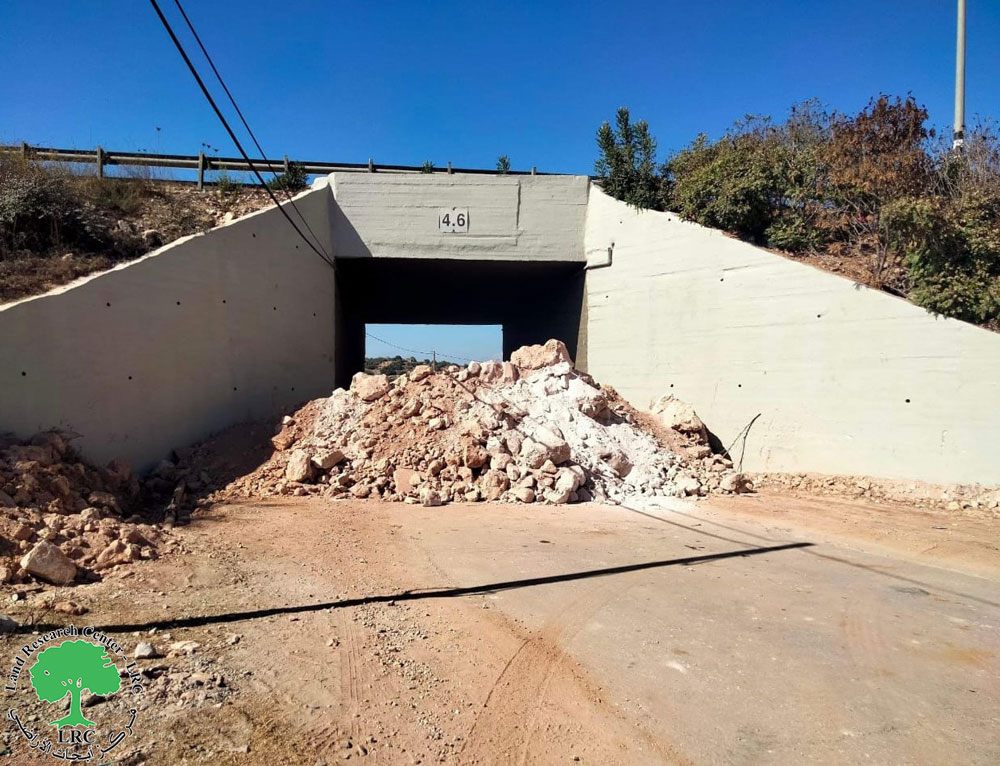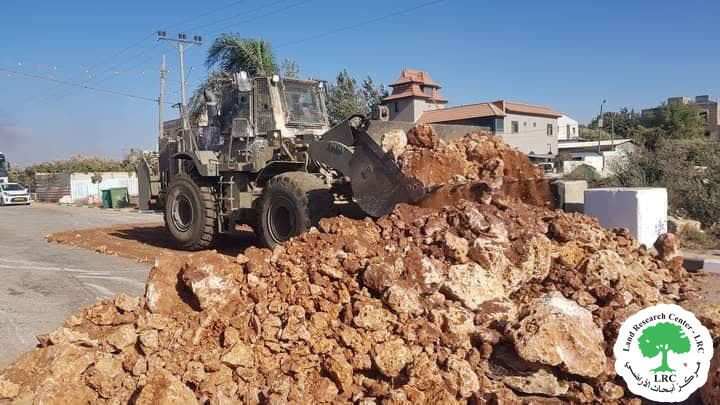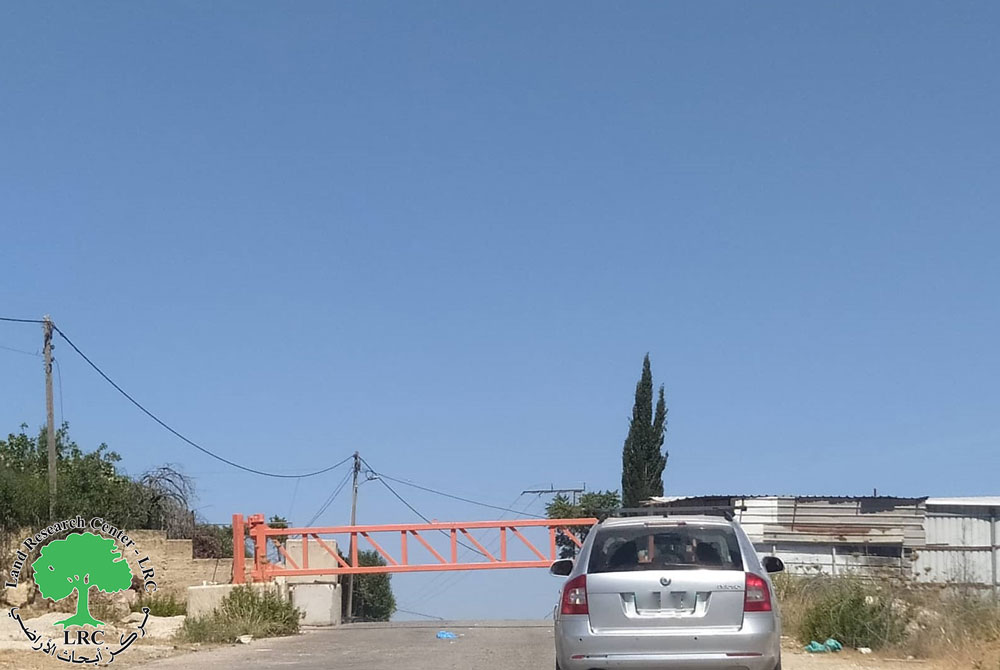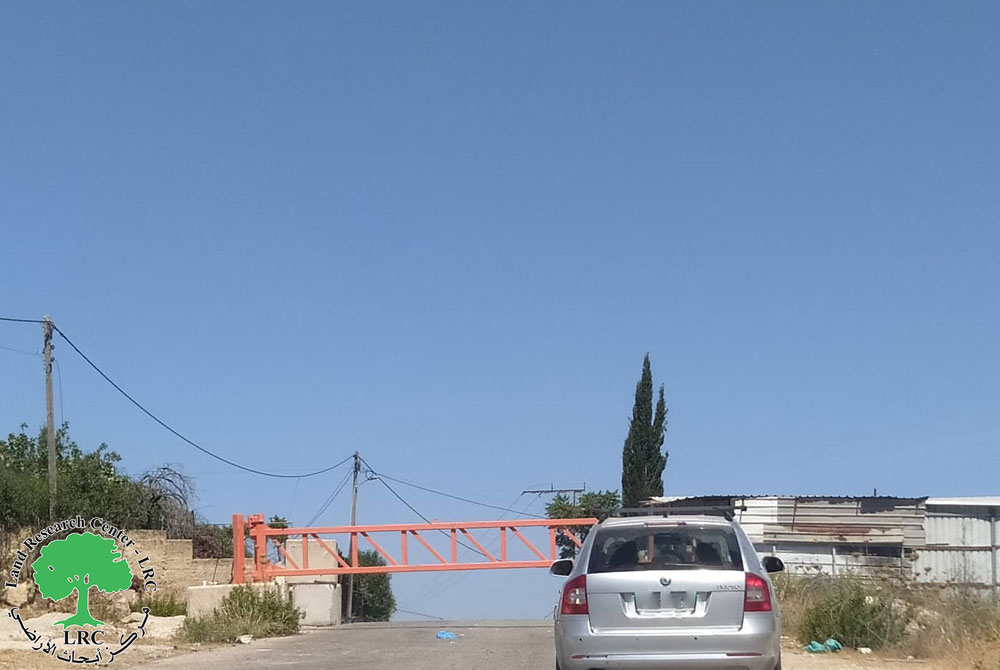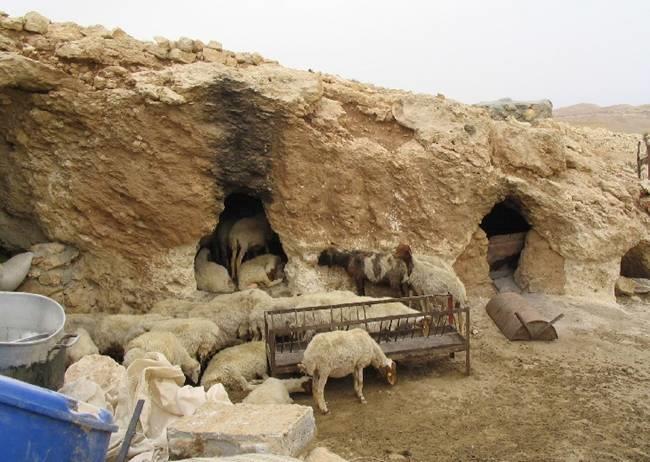During the second week of June 2004, the Israeli Army command declared that it removed some forty barriers throughout the Occupied Palestinian West Bank. According to the Israeli Army source, the removal of barriers intended to facilitate the movement of Palestinian residents in the West Bank in an attempt to improve the daily lives of the Palestinians. The number of barriers to open is 40 throughout the West Bank starting from Nablus area in the north to Hebron district south of the West Bank. According to information at ARIJ supplied for the different Palestinian Governorates, the following exhibits the barriers set to open:
|
District |
Area |
ARIJ Remarks |
|
Nablus |
Immatin, Assiyrah Al-Qebliya, Orief, Beita , Majdel Bani Fadil, Jurish and Qebalan |
The villages are entrapped with several Israeli barriers and the roadblocks set to open are located within one vicinity while still under siege on the outskirts. For example, Beita has 6 forms of barriers, one of which was only opened. |
|
Nablus |
Wadi El-Bidan toward the Jordan Valley |
The removal of the earth mound did not mean free access as the end of the road had an iron gate at the way in to the Jordan valley. Furthermore, an Israeli military base is located along the road at that area. |
|
Tulkarem |
Ramin |
Ramin village is trapped with military roadblocks and two earth mounds and removal of a single barrier hardly constitute open access and freedom of movement. |
|
Tulkarem |
Nablus-Tulkarem road |
One barrier removal does not mean open access between Nablus and Tulkarem as the road is loaded with earth mounds and military checkpoints. |
|
Qalqilyah |
Kafr Laqif, Az'oun and Deir Ballut |
Kafr Laqif is already engulfed with Karni Shamron Israeli settlement spread on the south, west and eastern boundaries and it did not have any permanent blocks but random ones which status are still same as before. Deir Ballut and A'zoun both encircled with Israeli settlements and bypass roads in addition to Israeli guarded iron gates and earth mounds. |
|
Ramallah |
Turmas A'yya and Sinjil |
Both localities are enclosed with guarded military checkpoints and earth mounds and by removing the earth mounds, the villages will still be restricted by the military roadblocks. |
|
Bethlehem |
Beit Jala |
The Israeli called ''X'' junction west of Beit Jala is military guarded roadblock. Access through this checkpoint is restricted to certain hours per day. Restrictions of movement between the villages located west of Bethlehem district and Bethlehem city are still enforced. |
|
Hebron |
Beit Ummar, Edna and Yatta |
Yatta, encircled by 5 different forms of barriers two of which where opened with restriction while three other remain. Beit Ummar is surrounded by (7) different barriers, only one at the town's main gate was opened while the status of the remaining 6 is unchanged. Edna village is sounded by (2) earth mounds located at the southern and northern entrances of the village and while the southern entrance remains close, the northern entrance was opened only after the Israeli Army substituted the earth mound with an iron gate at the entrance of the village and concrete surveillance tower. |
Click to see map of removed barriers
Israel removal of some of the barriers entrenched all over the West Bank should not be regarded as a recognition on its part, but rather an introductory step toward rectifying its non-compliance with the international law and the Fourth Geneva Convention 0f 1949; Article 49 (paragraph 5). Today, the number of Israeli established barriers in the occupied West Bank mounts up to 768 different forms of barriers. They are classified as follows:
|
Barriers Classification |
Number |
|
Guarded Israeli military checkpoints |
84 |
|
Trenches on village & towns boundaries |
58 |
|
Concrete blocks on major & secondary roads |
95 |
|
Earth mounds in and around urbanized areas |
464 |
|
Iron gates for Palestinian to use at restricted hours With authorized permits to enter or exit the area |
34 |
|
Israeli Army gates |
33 |
|
Total |
768 |
|
Source: ARIJ Database |
|
Israel continues to build the segregation wall that will have an even bigger impact on the 2.2 million Palestinian once completed, starting by isolating many Palestinian towns and villages behind it, curtail the agricultural lands, destitute the economy, but worst of all tearing the social fabric of the Palestinian society. Furthermore, the Israeli bypass roads and settlements will contribute to box in Palestinian towns and villages away from one another, making life of the Palestinian communities on both side of the segregation wall just as hard.
Israel alleged measures to ease travel restrictions including barriers removal is just a propaganda mastered by the Israeli Army as the only thing they aim to ease is the political pressure inflicted on the Israeli government by the international community and the United States in particular; as the pressure mount up with the presidential election is not far off.
Prepared by:
The Applied Research Institute – Jerusalem


